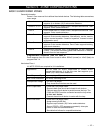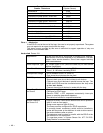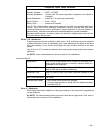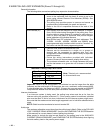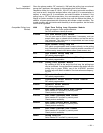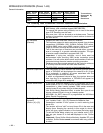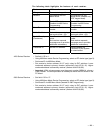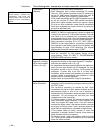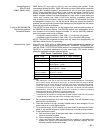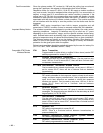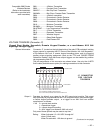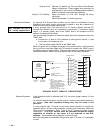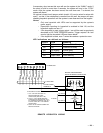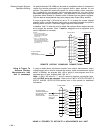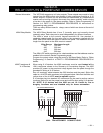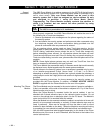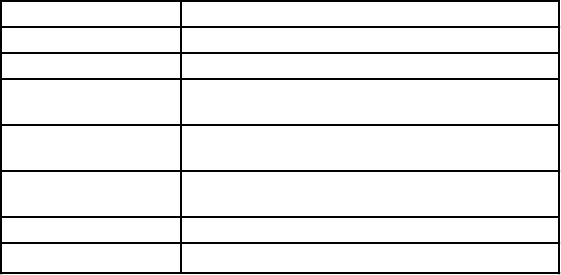
Ð 25 Ð
Arming/Disarming
With RF Keys
(5801, 5802, etc.)
5800 series RF keys can be used to arm and disarm the system. These
transmitters include the 5801, 5802, 5804 and any other 5800 series transmitter
(except 5827 wireless keypad) if programmed for one of zone type responses
20-22. These transmitters are tied to a user in order to provide a record of who
armed or disarmed the system. Because of this, an RF button will not arm or
disarm a system unless it has been assigned to a user, which is done during the
"add a user" function (see ÒAdd A User CodeÓ section). In addition, when the
user is deleted from the system, the key is de-activated. To test whether the keys
are assigned to zones or not, use the test mode. When the appropriate button is
pressed, the corresponding zone will be displayed on the keypad and will remain
there until test mode is terminated.
If Using a 5827BD/5800TM
Wireless Keypad and
Transmitter Module
The 5827BD wireless keypad is a 2-way keypad that receives system status via
the 5800TM transmitter module. The 5800TM module is an addressable device
that connects to the controls keypad terminals. To set the 5800TM's address,
one of its jumpers must be cut as follows:
¥ If keypad is used in partition 1 (field 1*48 = 1), cut the red (W1) jumper.
¥ If keypad is used in partition 2 (field 1*48 = 2), cut the white (W2) jumper.
NOTE: The 5800TM transmitter module does not need to be programmed via
#93 Menu ModeÐDevice Programming.
Wireless Zone Types Each RF zone, 5700 series or 5800 series, can be programmed to respond as
burglary or fire zone types such as ENTRY/EXIT, INTERIOR, PERIMETER, etc.
(see the
ZONE TYPES DEFINITIONS
section in the separate PROGRAMMING
GUIDE for a complete explanation of each zone type). 5700 series devices
should be assigned response types as follows:
5700 Series Transmitter Zone Types
ZONE TYPE TRANSMITTER ID # (zone number)
Entry/Exit Burg 1 through 47 *
Perimeter Burg 1 through 47 *
Interior Burg 1 through 47 *
32 through 47 * (5775)
Fire 48 through 63 *
48 through 55 ** (5706)
24 Hour Panic 48 through 63*
(silent or audible) 62 or 63 *** (5701)
Day/Night Burglary 1 through 47 *
24 Hour Auxiliary 1 through 47 *
NOTES:
Ê
*
Note that zones 1Ð63 can be used, but have the following limitations: Transmitters
set for zones 48Ð55 will transmit once every 12 seconds while the zone is faulted.
Transmitters set for zones 56Ð63 will transmit once every 3 seconds while faulted.
These two ranges of zone numbers could adversely affect transmitter battery life.
Transmitters set for an ID of 32 through 47 will have a 3 minute lock-out between
transmissions. Use this last range of zone ID numbers for sensors protecting
frequently used doors or windows to conserve battery life.
**
Transmitter IDs 48 through 55 have highest signal priority.
***
Transmitter IDs 62 and 63 are unsupervised to allow removal of the 5701 off premises
ÊÊÑsignal priority is lower than that of fire, but higher than burglary.
Advisories 1. Do not place transmitters on or near metal objects. This will decrease range
and/or block transmissions.
2. Place the receiver in a high, centrally located area for best reception. Do not
place receiver on or near metal objects.
3. For maximum range, the RF receiver must be at least 10 feet from the Control
panel or any remote keypads to avoid interference from their microprocessor.
4. If dual receivers are used:
A. Both must be at least 10 feet from each other, as well as from the Control
panel and remote keypads.
B. Device addresses must be different.
C. Using two Receivers
does not
increase the number of transmitters the
system can support (63 transmitters, plus a wireless keypad), but will
increase remote transmission range.



